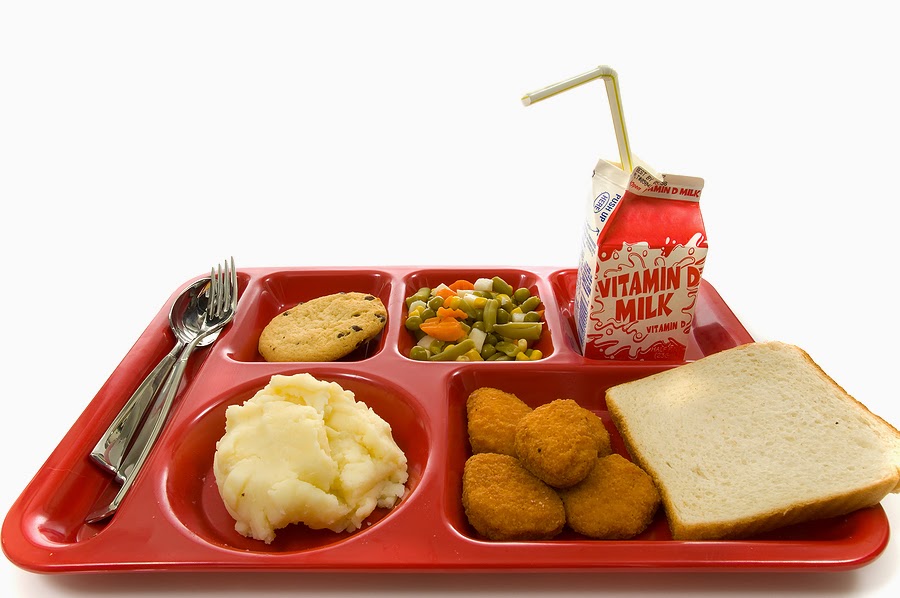 |
© 2014 Chris Terrell
|
In my last post, I wrote about school cafeteria lunches from my childhood. One obvious dish I failed to mention was the sloppy Joe! I loved sloppy Joes growing up. We got them at least once a week at school (Friday?). And my mom would make them too. She used a can mix called Manwich. I can still recall their ad slogan: “A sandwich is a sandwich, but a Manwich is a meal.” And yes it was, albeit a messy one, and that was part of its charm—the one time a kid was allowed to be messy at dinner.
The sloppy Joe was born in 1930—the height of the Great Depression—in a diner in Sioux City, Iowa. It was named after the cook, a guy named “Joe.” Other than that, his true identity is long-forgotten.
And then I got to thinking. Does anyone eat sloppy Joes anymore, especially kids? I’m not so sure. Maybe sloppy Joes have an image problem—perceived as being unhealthy and overly processed, anathema to our locally scored, organic food zeitgeist. I suspect that Alice Waters would rather choke on an organic rutabaga than eat a sloppy Joe.
Of course, this is unfair. A sloppy Joe sandwich is nothing more than ground beef, onion, green pepper, tomatoes, and seasoning. As such, it is really no more “unhealthy” than a hamburger, which, as far as I know, is doing quite well in America. Think of the sloppy Joe as a deconstructed hamburger.
I asked my kids if they had ever had a sloppy Joe, and they said “yes.” I was surprised because I was pretty sure I had never made them one. They said it was during a trip to the lake and a friend’s mom had made one. I asked, “from a can?” “Yes,” they replied. Feeling somewhat guilty that I had never made them a sloppy Joe sandwich, I decided then and there that for dinner that night, sloppy Joes were on the menu. Except mine would be from scratch. Here’s the recipe:
Sloppy Joe
Ingredients
2 tbsp. canola oil
1 small yellow onion, finely chopped
1/2 green bell pepper, cored, seeded, and finely chopped
16 oz. ground beef
2 cups canned tomato sauce
4 tsp. Worcestershire
2 tsp. chili powder
Kosher salt and freshly ground black pepper, to taste
Tabasco, to taste
4-6 hamburger buns, toasted
Preparation
1. Heat oil in 12″ skillet over medium-high heat. Add onion and pepper and cook, stirring, until soft, about 6 minutes.
2. Add beef and cook until browned, stirring so that the meat breaks up into small pieces, about 8 minutes.
3. Add tomato sauce, Worcestershire, chili powder, salt, pepper, and Tabasco; cook, stirring occasionally, until reduced and thick, about 10 minutes.
4. Divide between buns and serve.
And like the hamburger, the sloppy Joe can easily shed its work-a-day clothes, throw on some Armani and, voila!, go gourmet. Just think of the possibilities. A tandoori sloppy Joe, a foie gras sloppy Joe (hell, Daniel Boulud has a foie gras burger!), a southwestern-style sloppy Joe with chipotle peppers and ancho chili powder. I think the sloppy Joe’s renewed day in the sun may be quickly approaching. All it needs is a bearded hipster to put it on the menu in a restaurant in Brooklyn. Instant rock star status!




